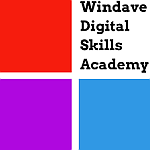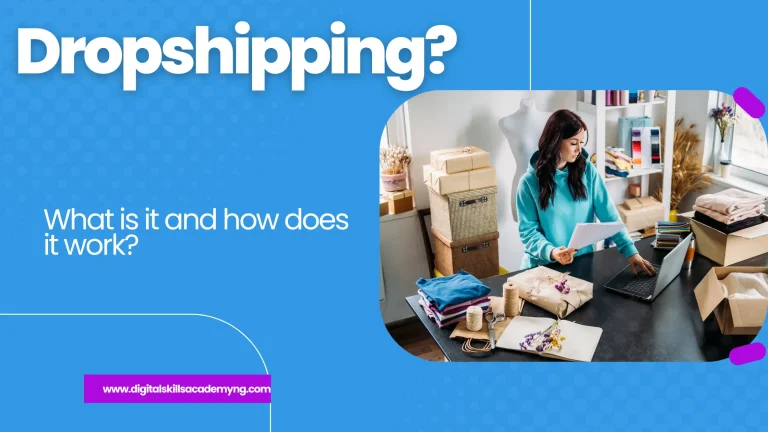How to start a blog and earn money. If you have been wondering how to create a blog, then you’re in the right place. Creating a blog isn’t as difficult as it seems. Anyone can start a blog that makes money, enough money that will make you quit your 9-5. Not only is it a rewarding way to hone your writing skills and express yourself, but you also get to build an online presence, a community event, that revolves around your passions. It is a creative outlet that permits you to document your experiences, share knowledge, or give your opinion on social issues or lifestyle choices.
Keep reading to learn the steps to creating your first blog and not only will you be able to build a world that revolves around you, but you’ll also be able to travel the world. It is also an excellent way to build credibility for your business.
Best digital marketing blogs for news and updates
How to Start a Blog and Earn
Table of Contents
Pick a Name and a Niche:
The first thing you’re going to write down is the name of your blog. Your name is what your readers will know you as, could be your name, business name, or a combination of funny words. A niche refers to the specific topic or subject area you want your blog to focus on such as Fitness for adults, Pet care, DIY home ideas, Lip care, etc. A strong blog niche can help in picking the perfect name for your blog.
Although you might be tempted to cover a variation of topics for your blog, mastering too many subjects is quite difficult to pull off and sustain. You will also have a very scattered community. That’s why it’s important to focus on a niche that can attract and maintain a loyal readership that will always look forward to your next content.
Before we proceed to the next step, here are a few things to consider when picking a niche:
- Pick a niche with a high Traffic Potential because this determines how many visitors your blog will attract, hence, the money will keep rolling in.
- Select a niche that you are passionate about or have in-depth knowledge about it. This will make writing content more fun and feel less like a chore.
If you can find a niche with these features then you’re good to go.
Choose a blogging platform:
The next step is getting your blog online. Make sure to choose a platform that is easy to use, preferably user-friendly, provides customizable templates, and has great SEO features. Some blogging platforms are self-hosted, that is, they require you to buy hosting solutions separately. On the other hand, we have Hosted platforms that provide you with all the tools needed to build a blog. Additionally, there’s no need to purchase anything from a third party e.g. WordPress. Learn how to build your website.
It is also advisable not to stick to one blogging platform. Share your content on other platforms like Tumblr, Medium, etc.
Pick the Domain Name for your Blog:
If you skipped the first step or found it difficult to think of a name for your blog, here we are again. Thankfully, there is a quick way to skip the stress of brainstorming. Type your ideas in a blog name generator and the AI will generate multiple names you can use.
A domain name is the web address visitors need to enter to gain access to your website. Your domain name needs to be exactly the name of your blog but if that isn’t available then find a name that is related to it. While “.com” is the most popular domain extension, use one such as “.co”, “.life”, “.info”, “.me”, “.club”, etc. if you have a special community (e.g. membership). Remember to pick a name that spikes the interest of your readers.
Set up and design your blog:
As earlier stated in previous steps, different platforms offer different preferences as well as customization processes. When it comes to designing a blog, so many features need to be considered to make your blog appealing to the eyes yet keep it functional. The structure of your blog will determine how your posts will be organized.
Be careful not to turn your blog into a canvas for practicing your designing skills but should be aesthetically pleasing in a moderate way so it is easy to navigate and your content is well structured. Your texts should be legible, maintain some fonts and ensure to avoid colours that contradict. Ensure to add relevant images or videos to your content as it aids in capturing your readers’ attention. Be sure to focus on things like mobile responsiveness (how well it functions on all devices), logo, about page, social media sharing, and your home page.
Time to set up Essential Pages:
Here are the common types of pages on blog websites:
- Homepage: This is the introductory page of your blog where visitors get their first impression of your content. It plays a crucial role in attracting, engaging your visitors and ensuring they come back for more. Your homepage should include things like snippets of your best and latest blog posts; a prominent Call-To-Action (CTA) button such as “Read more” or “Subscribe”; a search bar to allow visitors quickly look for specific posts; a footer that includes Copyright details, privacy policies and terms of service.
- About Page: This is where your visitors enter a talking stage with you and get to know you more. This includes things like who you are, your background, the aim of the blog, facts, testimonials from previous or current readers, and necessary photos and videos.
- Contact Page: This page includes contact information or information on how visitors can contact the website owner e.g. an email address or links to social media profiles, sometimes phone numbers.
Start Writing:
Lights, Camera, start writing. Now that everything is in place, all that’s left to do is put pen to paper. Start with a killer title to catch the attention of your reader and remember people don’t read but rather skim through written content, so write descriptively and interestingly.
Now that we’ve gone through the tutorial of starting a blog, how can we monetize it?
How to Make Money from a Blog
- Advertising: You can earn revenue by selling ad space to companies or using Google AdSense to place ads on your blog.
- Posting Affiliate Links to promote products or services related to your content and earning a commission from sales when viewers interact with your referral link.
- Selling digital products such as EBook, Preset, branded clothes, other physical goods, and services such as mentorship, consultancy, etc.
- Memberships: Get paid by offering exclusive content to readers who pay a subscription fee.
- Adding a donation button so your readers can help support your blog.
- Email marketing: Collaboration with companies or brands to include sponsored content in your email newsletters.
Other forms of earning on your blog include;
Affiliate marketing, social media marketing, etc. most times, the combination of several methods yields the best results, maximizes, and gets multiple incomes from just having a blog.
Remember to share and follow for more digital marketing tips.




